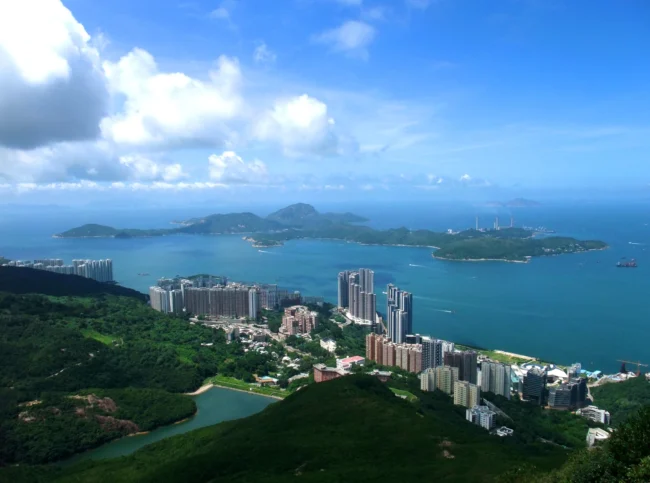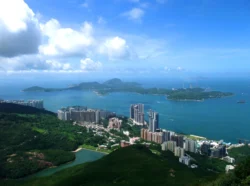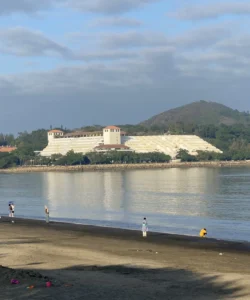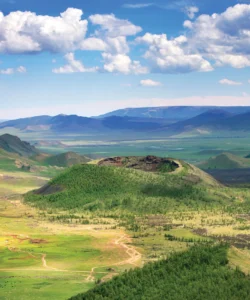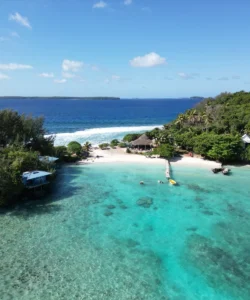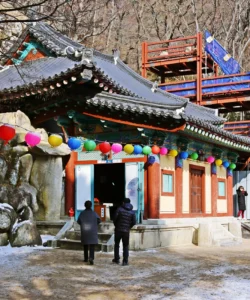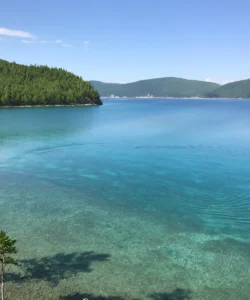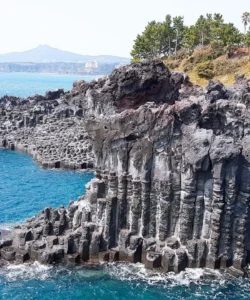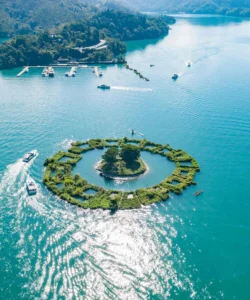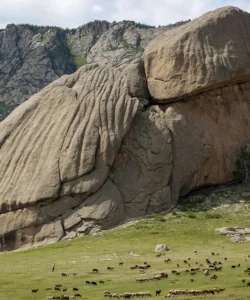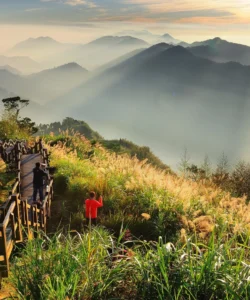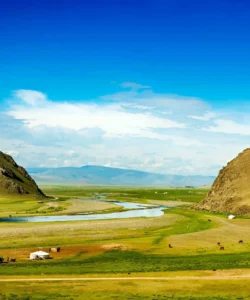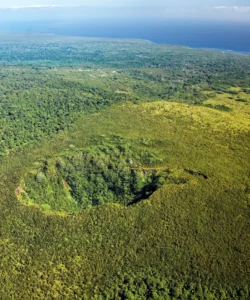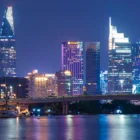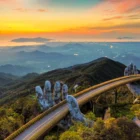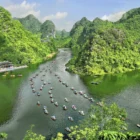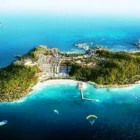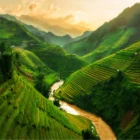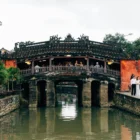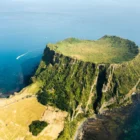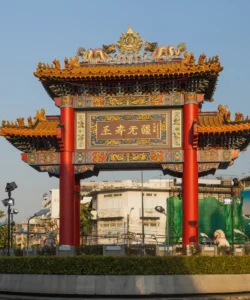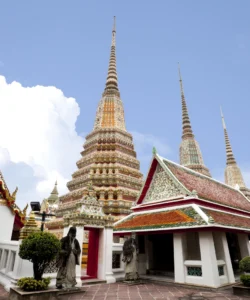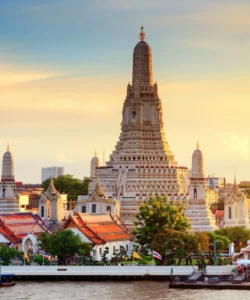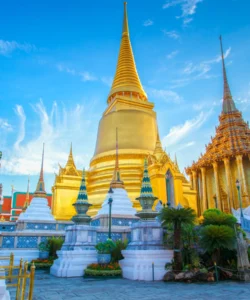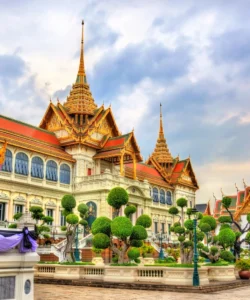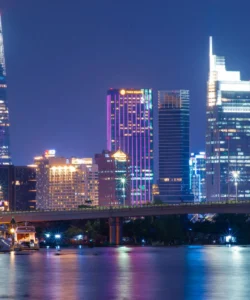Lamma Island (南丫島), officially known as Pok Liu Chau, is the third largest island in Hong Kong and a popular escape from the city’s urban hustle. It’s renowned for its relaxed, bohemian atmosphere, charming fishing villages, seafood restaurants, and car-free environment, offering a distinct contrast to the frenetic pace of Hong Kong Island.
Name: Lamma Island (南丫島, Nányā Dǎo). The name “Lamma” is thought to be a corrupted form of “Lam-a,” an old sailing term. Officially, its largest part is Pok Liu Chau.
Address: Lamma Island, Outlying Islands, Hong Kong. The two main villages and ferry piers are Yung Shue Wan (north) and Sok Kwu Wan (east).
How to get there:
Access to Lamma Island is exclusively by ferry, emphasizing its car-free tranquility:
- From Central Pier 4: This is the primary gateway to Lamma. Ferries depart frequently to both Yung Shue Wan (approximately 25-30 minutes, fast ferry) and Sok Kwu Wan (approximately 35-40 minutes, fast ferry). Services run regularly throughout the day and into the night.
- From Aberdeen (Hong Kong Island South): Smaller, local ferries also connect Aberdeen to Sok Kwu Wan and other smaller villages on Lamma. This route is less frequent but offers an alternative for those staying on the south side of Hong Kong Island.
Landscape and Architecture:
Lamma Island’s landscape is a blend of rugged hills, sandy beaches, lush greenery, and low-rise village architecture:
- Hilly Terrain: The island is characterized by its undulating hills, covered in sub-tropical vegetation, with walking trails (like the Family Trail) winding through them, offering scenic vistas.
- Coastlines and Beaches: It boasts several sandy beaches, including the popular Power Station Beach (near Yung Shue Wan, with views of the distinct chimneys of the Lamma Power Station) and Hung Shing Yeh Beach (further south from Yung Shue Wan, known for its soft sand and clear water, often considered Lamma’s best beach). Lo So Shing Beach (near Sok Kwu Wan) is another tranquil spot.
- Fishing Villages: The two main villages, Yung Shue Wan and Sok Kwu Wan, retain much of their traditional fishing village charm.
- Yung Shue Wan: The larger of the two, with a more bohemian vibe. Its architecture is low-rise, featuring two-to-three-story village houses, often converted into cafes, handicraft shops, and guesthouses. The main street is narrow and pedestrian-friendly.
- Sok Kwu Wan: More tranquil, known for its rows of traditional stilt-house seafood restaurants built directly over the water.
- Car-Free Environment: A defining architectural and landscape characteristic is the complete absence of cars (except for small emergency vehicles and village trucks), which significantly contributes to the island’s relaxed atmosphere and quiet streets. Transportation within the island is primarily by foot or bicycle.
- Lamma Winds: Hong Kong’s first commercial wind turbine is located on a hill overlooking Yung Shue Wan, providing a modern, sustainable landmark.
- Tin Hau Temples: Traditional Chinese temples dedicated to Tin Hau (Goddess of the Sea) are found in both main villages, reflecting the island’s fishing heritage.
What makes it famous:
Lamma Island is famous for:
- Relaxed, Car-Free Lifestyle: It offers a stark contrast to the urban intensity of Hong Kong, providing a tranquil escape where life moves at a slower pace and cars are absent.
- Seafood Restaurants: Particularly in Sok Kwu Wan and along the waterfront in Yung Shue Wan, Lamma is renowned for its fresh seafood. Diners can often choose live seafood from tanks and have it cooked to order.
- Hiking and Nature Walks: The well-maintained “Lamma Island Family Trail” connects Yung Shue Wan and Sok Kwu Wan, offering a relatively easy and scenic hike that showcases the island’s beauty and passes beaches, villages, and viewpoints.
- Bohemian and Expat Community: Yung Shue Wan, in particular, has a significant and vibrant community of expatriates and local artists, contributing to its laid-back, alternative vibe with unique shops, cafes, and bars.
- Beaches: Hung Shing Yeh Beach is a popular spot for swimming, sunbathing, and enjoying sunsets.
- Cultural Blend: It offers a unique mix of traditional Hong Kong fishing village culture with a modern, international, and environmentally conscious community.
Differences from some other wonders:
Lamma Island distinguishes itself from other Hong Kong wonders and similar island retreats in several ways:
- Car-Free Serenity within a Major Metropolis: While there are other car-free islands globally, Lamma’s proximity to the hyper-dense, bustling metropolis of Hong Kong, yet maintaining its completely car-free, laid-back atmosphere, is a unique and striking contrast. It offers an immediate and profound sense of escape from the urban environment, unlike many other city-adjacent islands that might have more traffic.
- Focus on Lifestyle and Ambiance: Unlike landmarks famous for grand architecture (Tian Tan Buddha), thrilling rides (Ocean Park), or intense shopping (Causeway Bay), Lamma’s “fame” lies in its lifestyle, ambiance, and a sense of community. It’s about experiencing a different way of life, rather than visiting a specific monumental attraction.
- Seafood as a Primary Draw: While many coastal areas have seafood, Lamma’s specific reputation for fresh, choose-your-own, open-air seafood dining is a significant draw that many visitors prioritize, making the culinary experience a core part of its “wonder.”
- Balance of Local and International: It successfully balances its roots as a traditional fishing community with the influence of its diverse expat population, creating a unique cultural blend that feels organic rather than manufactured.
- Accessibility of a Rustic Experience: It offers a relatively rustic and natural island experience that feels a world away from the city, yet is incredibly easy and quick to access via frequent ferries from Central. This combination of ease of access and genuine “getaway” feel is a key differentiator.
In essence, Lamma Island is a unique wonder that offers a peaceful, car-free respite, a delicious culinary journey, and a captivating blend of local tradition and bohemian charm, all just a short ferry ride from the heart of one of the world’s busiest cities.
